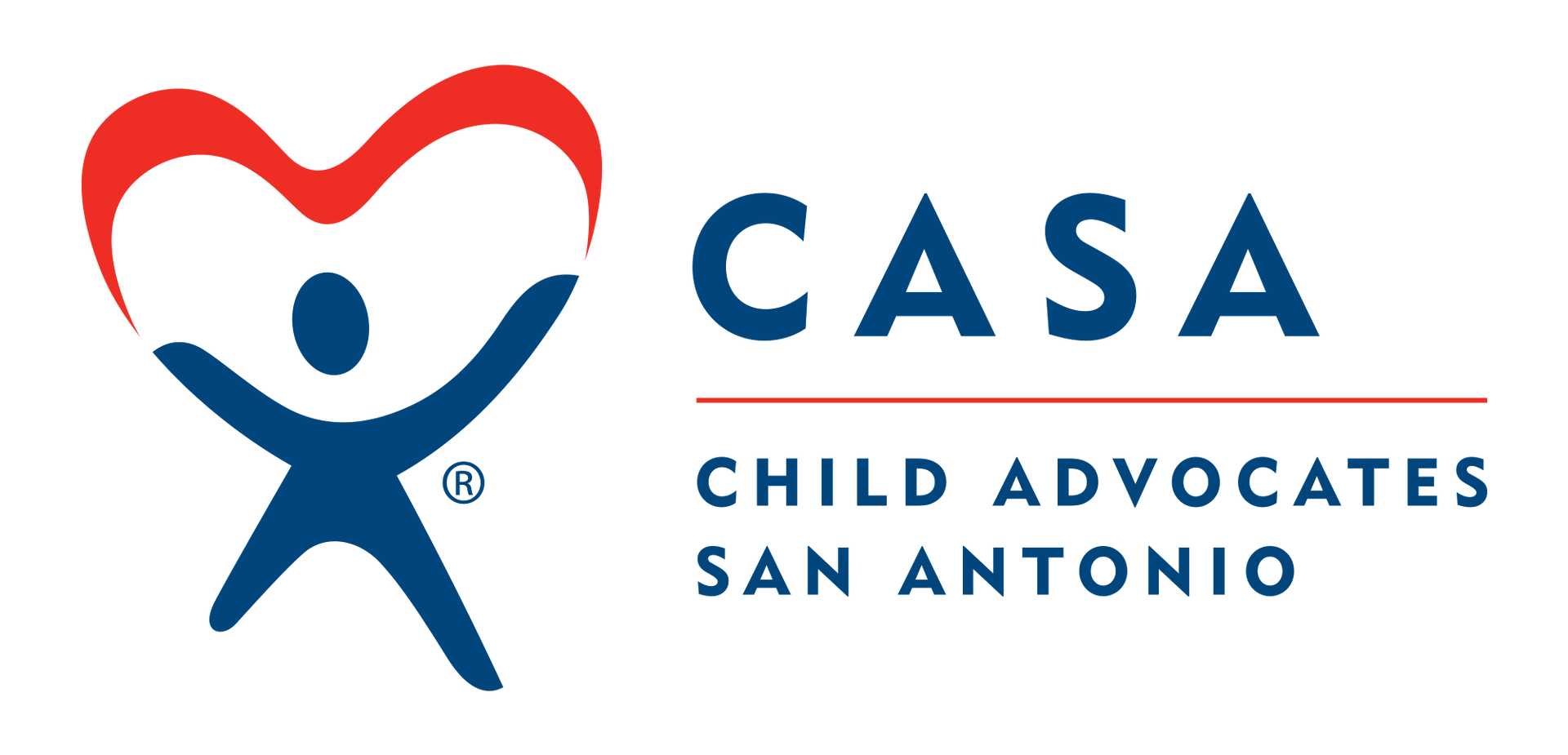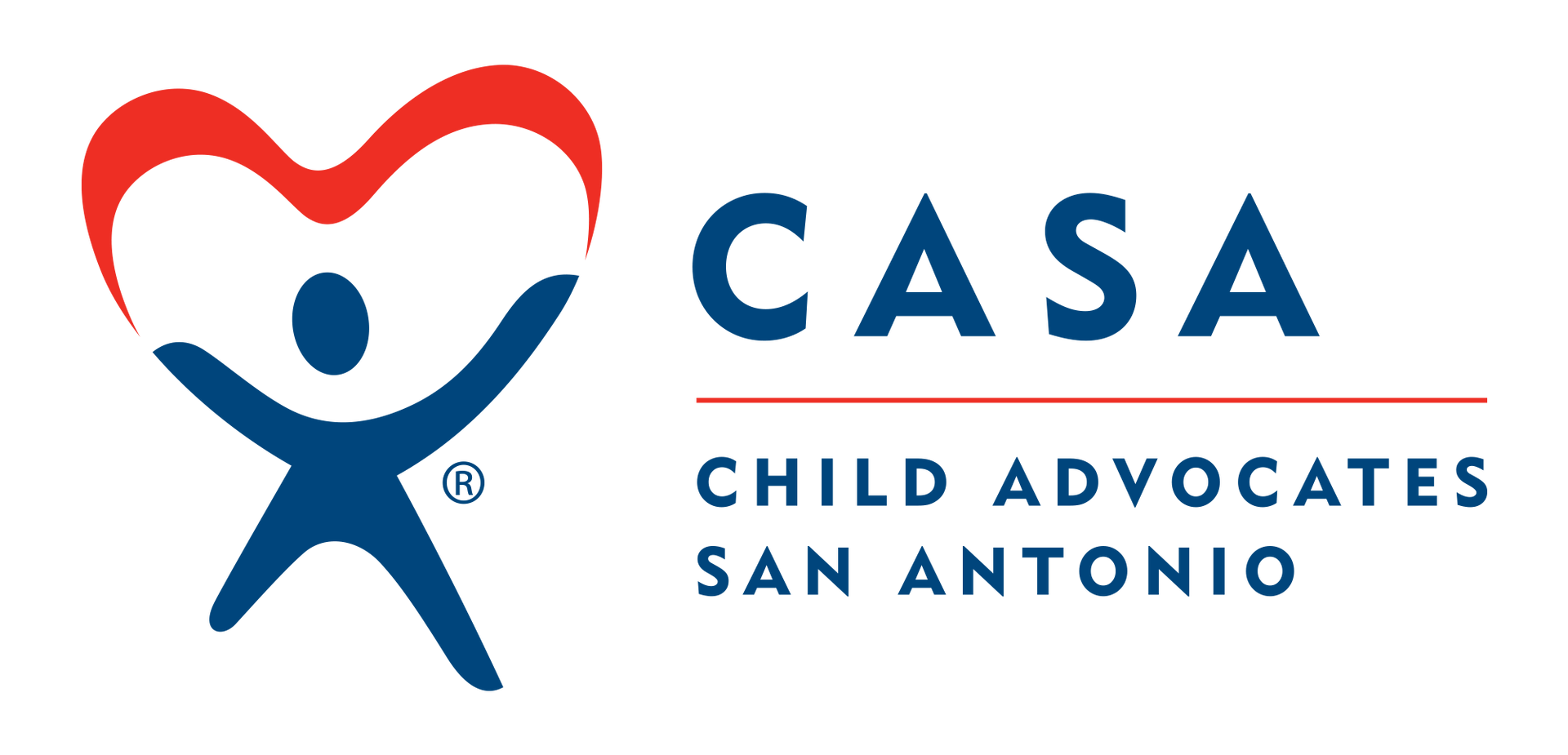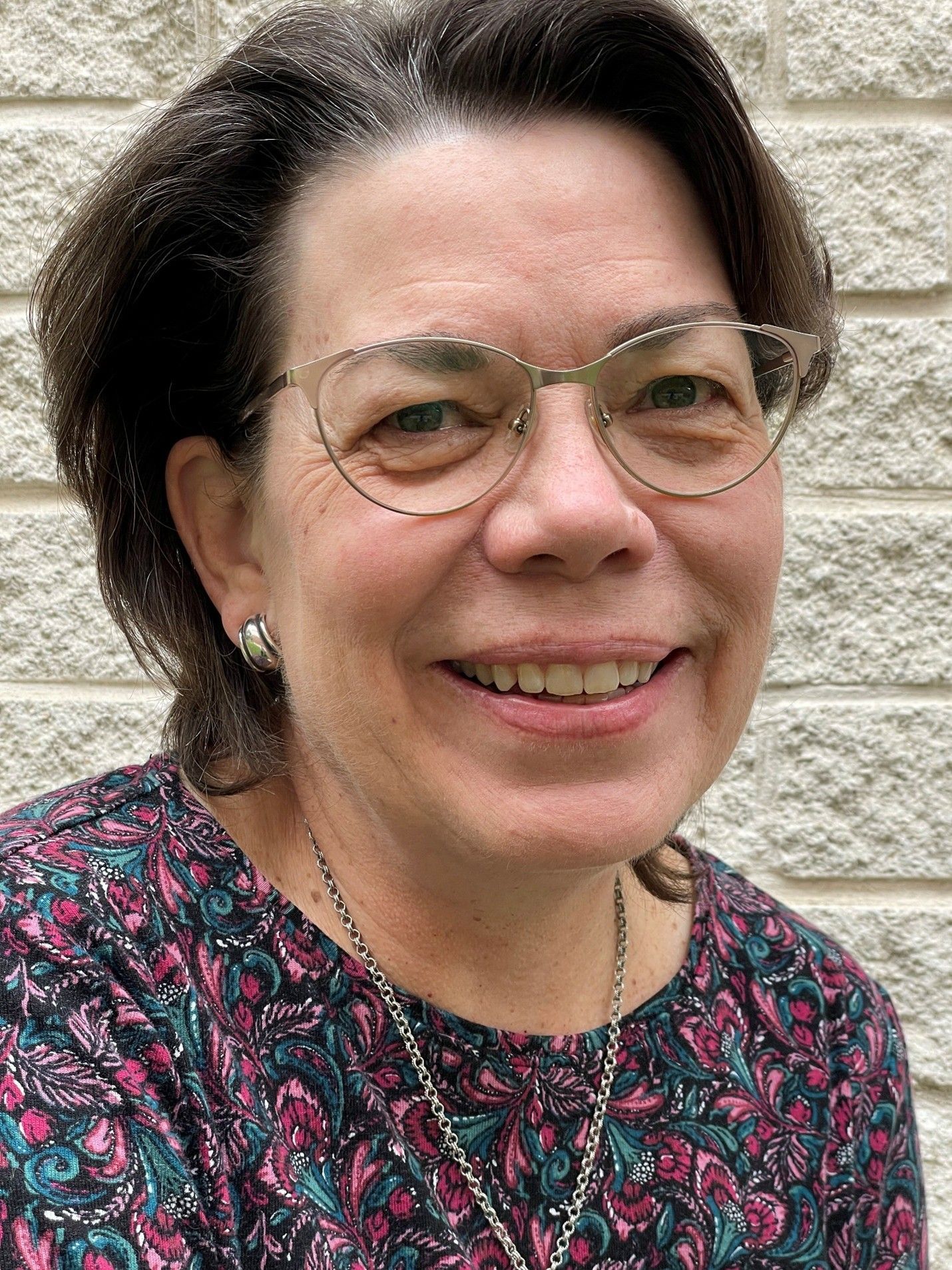Advocate Spotlight: Janice and Jeffrey Ivey
January Advocate Interview
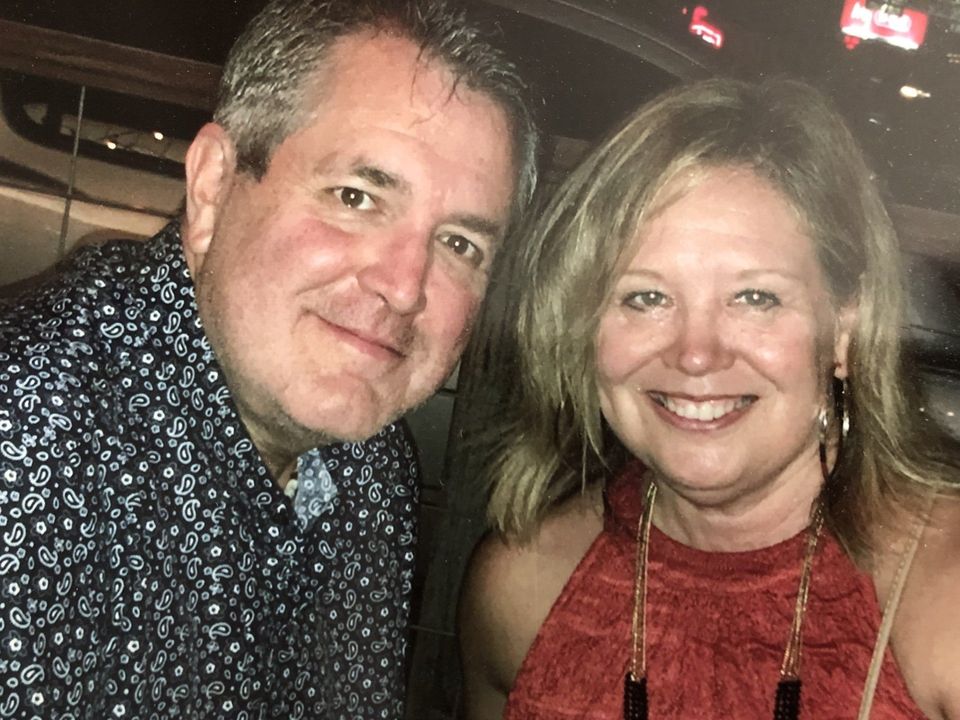
1. How long have you been an Advocate and when did you realize you wanted to become one?
We became advocates in May 2019 after completing our training. We had been looking for an opportunity to serve our community, now that our kids are grown. We can’t think of anything more important than working towards being a positive influence in the lives of children who have been in terrible situations. After getting information on CASA and attending the first training class, we knew we had found the right organization.
2. What is the most rewarding aspect of being an Advocate?
It’s seeing the difference that your efforts can make in the lives of the children you’re working with. Working with CPS, their schools, and the foster parents on plans and strategies so they can learn and prosper is extremely rewarding. And identifying opportunities for them-learning about their prior family experiences prior to CPS custody and turning previously negative experiences into positive ones. The progress that the children are making in school, for example, is definitely rewarding, and learning about things they want to do. When a child opens up to you, you know you’ve gained their trust and few things are as satisfying as that.
3. If you could offer words of encouragement to your fellow and incoming Advocates, what would they be?
Develop a strong, positive relationship with your CPS caseworker. Realize that your CPS caseworker has multiple cases and doesn’t have a CASA on all of them, so any way you can help them out goes a long way. We would not have made the same progress without our caseworker’s assistance and guidance. Verify, verify, verify-verify everything you are told, by both the children and the parents. We’ve discovered huge inconsistencies between things the biological parents have reported and what the children themselves saw or experienced. And realize that little things that you might not think are important can be critically important to the development of the child. Never assume anything-one of our kids told us that she hadn’t gone to see Santa Claus before Christmas because “it costs money to do that”. Always look for successes to celebrate-whether it’s a grade at school, learning to read, riding a bike-remember that in many cases, children put into CPS care have never had that before. But most importantly, be present-parental visits, school events, etc.- and be there for your kids-the more they see you, the more comfortable they will be and the more confident they will become.
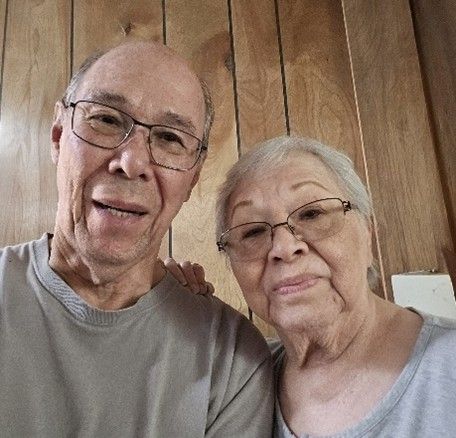
Jimmy and Mary Young eagerly began their second case in August 2024. The children—Chris, 11; Emily, 9; and Sofia, 7—were in the care of the Department due to neglectful supervision by their mother, who struggled with alcohol dependency and depression. She had left the children unattended to travel to Port Aransas to drink and go fishing. In addition, the home environment was observed to be in disarray, with minimal food, posing a risk to the children’s well-being. The mother was arrested on three counts of abandonment of a child. The children’s father had passed away from cancer a few months earlier, in March 2024. The children were initially placed with their grandmother, who decided after a few weeks that she could not care for them. They were then placed with an uncle, who gave notice within two weeks. Subsequently, the children were placed together at Boysville, where they remained for the duration of the case. Although the children had already experienced two moves in just one month, the Youngs were optimistic about their placement at Boysville. The children from Jimmy and Mary’s first case had also been placed at Boysville, so the Youngs were familiar with the facility and had established a good rapport with the staff. From the beginning, Mr. Jimmy introduced himself to all parties involved in the case, exchanged phone numbers with the caseworker and the children’s attorney, and maintained close communication with them during the children’s moves. Once the children were placed at Boysville, Mr. Jimmy contacted the case manager and counselors there to inquire about setting up therapy and enrolling the children in school. The Youngs advocated for transportation to and from school, and the children were approved to ride the school bus. They also recommended bereavement therapy to help the children cope with the loss of their father. Mr. Jimmy learned about a summer camp at the Children’s Bereavement Center, made a few calls, and successfully registered the children to attend. Throughout the duration of the case, the Youngs visited the children monthly, maintained close contact with the CPS caseworkers, updated the children’s attorney after visits, and remained in frequent contact with the children’s therapists and teachers. They advocated for tutoring and addressed behavioral concerns with the children’s therapists. The Youngs documented everything in Optima, wrote court reports, and attended several CASA training courses to stay informed and further their knowledge of child welfare. They also chose to attend court in person to maintain face-to-face contact with the judge, other parties on the case, and the children’s mother. One particularly notable aspect of this case was the Youngs’ consistent communication and engagement with the children’s mother. After their initial meeting, the Youngs maintained regular contact with her, inquiring about her progress in services, employment, and housing. They frequently encouraged her to continue and complete her services, checked in after court hearings, and provided moral support—offering her hope. During the previous Christmas, Jimmy and Mary sent the mother a recording of the children singing Christmas carols, delivered messages from the children, and shared photos of special events. During phone calls or family visits, they listened patiently, giving her space to express herself. Within a few months, the mother opened up to them about the children’s father and his cancer diagnosis, sharing how it was discovered and discussing his passing. As the mother continued working on her services, Jimmy and Mary cheered her on, reminding her that her efforts were for the sake of reuniting with her children. At the merits hearing in September, the Youngs, in agreement with CPS, recommended an extension to allow the mother more time to maintain sobriety, begin extended visits with the children, and possibly start overnight, unsupervised visits. The extension was granted, as the mother had completed all her services and maintained stable employment and housing. Weekend visits began, and by late September, the mother continued testing negative for substances. The children were placed with her on a monitored return. Jimmy and Mary visited the children in the home for the following two months, providing CPS, the children’s attorney, and the court with very positive feedback. The children were happy, thriving, and their needs were being met. The Youngs provided their final recommendation of reunification in court in late November, and the judge granted reunification, dismissing CPS from the case. It was the Youngs’ consistent communication and encouragement toward this young mother that led to the successful reunification. They followed up after hearings, facilitated communication between the mother and caseworkers when the relationship felt strained, and provided the mother the opportunity to share her perspective without judgment—all while encouraging her to do her best for her children.
